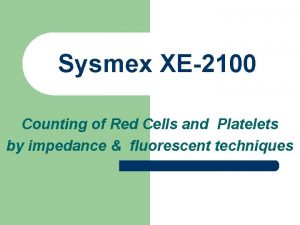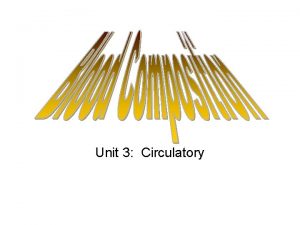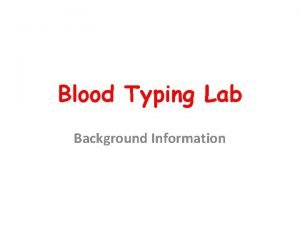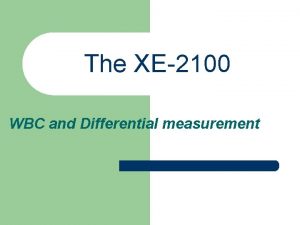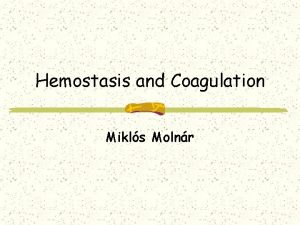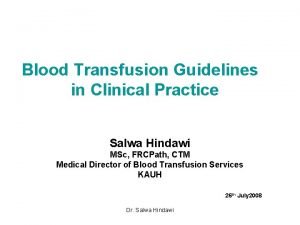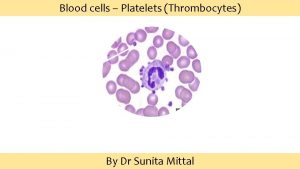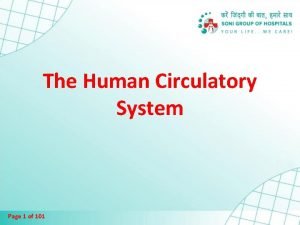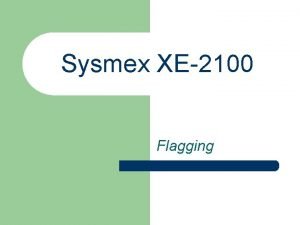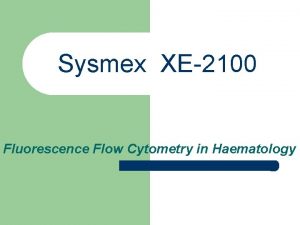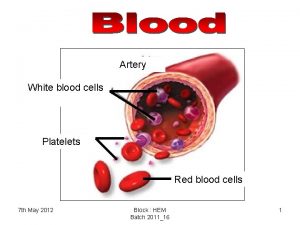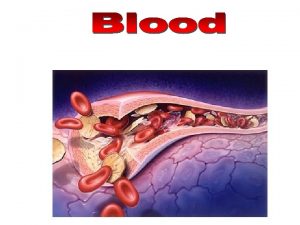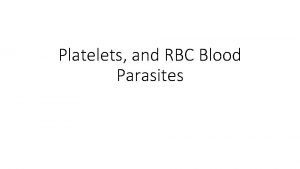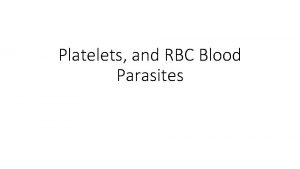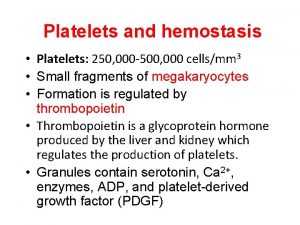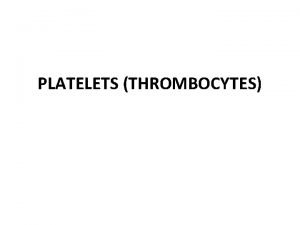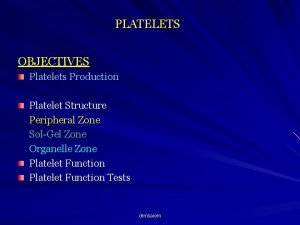Sysmex XE2100 Counting of Red Cells and Platelets














- Slides: 14

Sysmex XE-2100 Counting of Red Cells and Platelets by impedance & fluorescent techniques

Methods employed l l Red cells are measured by impedence only Platelets are measured in two channels – – l l Impedance Channel (default) Fluorescent Channel Impedance Channel is default count In instances of abnormality when the algorithm will come into play

Impedance Channel - Overview l l Red cells and platelets Hydrodynamic Focusing of cells to be counted DC aperture Impedance Excellent Linearity – with limitations

Impedance Counting l Platelet count is fine when histograms are well defined l But in case of abnormality, platelet count suffers from Rbc interference PLT_DC RBC_DC

Optical PLT Count RET(Plt-O) l In those instances Fluorescent Optical Platelet count would be preferable for several reasons

Optical System l l l Higher sensitivity due staining of cells Better Rbc/plt resolution Necessary in – – – Small (Microcytic) RBC Giant Platelets Rbc Fragments

Measurements used in Optical System l l Forward Scatter - size of cells Side Scatter - internal structure (i. e size of nucleus) Fluorescence - Measurement of RNA/DNA stained Fluorescent Optical Platelet count is performed with reticulocyte count

Accurate Platelet Counting In the presence of Rbc fragments, microcytic RBC or giant platelets, the PLT distribution curve is clearly affected However in the RET scattergram, the RBC and PLT-O clusters are obviously distinct

Limitations of Optical Platelet Counts l WBC fragments are included in the Optical Platelet Count l Generates a “Plt Abn Scattergram” flag

PLT Switching Algorithm RBC fragments/ small Rbcs: PLT-I PLT-O WBC fragments / giant platelets: PLT-I PLT-O

PLT Switching Algorithm No PLT-I, Low reliability Yes PLT-O, Low reliability Yes PLT Vote out PLT-I is reported No PLT-O is reported

Changing the count? l l l PLT Abn Distribution flag or Fragments? flag is detected from RBC channel or PLT-I/PLT-O count differences +/- 15%

The PLT-I/O Switching Rule l For low-PLT# – PLT-O# may more reliable than PLT-I#, when PLT-I# are low l Customizable switching trigger for PLT-I# – Default setting is 50. 0 x 10^3/u. L

Adding PLT-I/O switching rule
 Xe2100
Xe2100 Platelets are fragments of multinucleate cells called
Platelets are fragments of multinucleate cells called Platelets are fragments of multinucleate cells called
Platelets are fragments of multinucleate cells called Chlorocruorin
Chlorocruorin Sysmex
Sysmex Fresh frozen plasma vs platelets
Fresh frozen plasma vs platelets Alpha granules of platelets
Alpha granules of platelets Ffp vs platelets
Ffp vs platelets Primary hemostasis
Primary hemostasis Circulatory compromise
Circulatory compromise Indications for blood transfusion in anemia
Indications for blood transfusion in anemia Site:slidetodoc.com
Site:slidetodoc.com Lifespan of platelets
Lifespan of platelets Blood transfusion complications
Blood transfusion complications End artery meaning
End artery meaning
